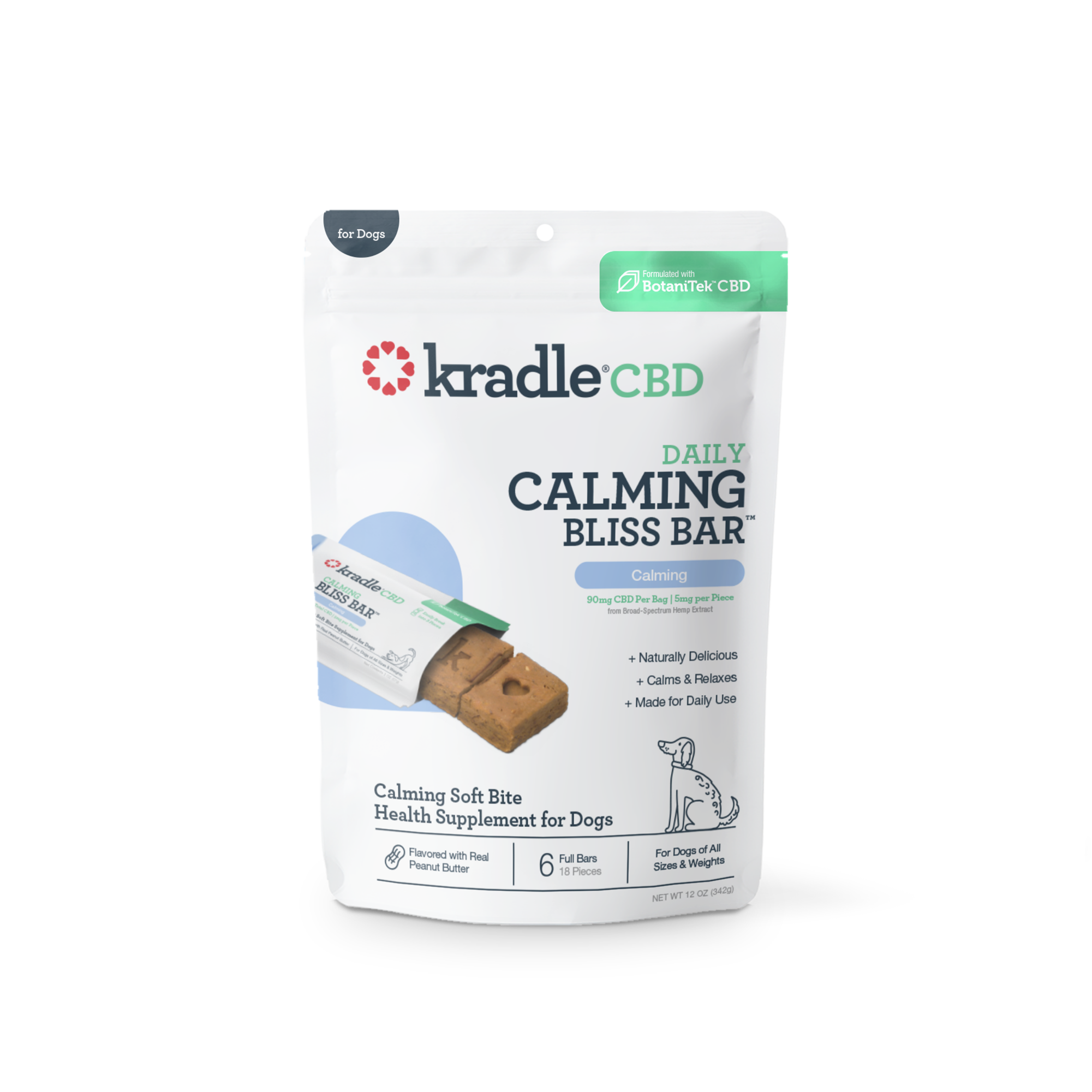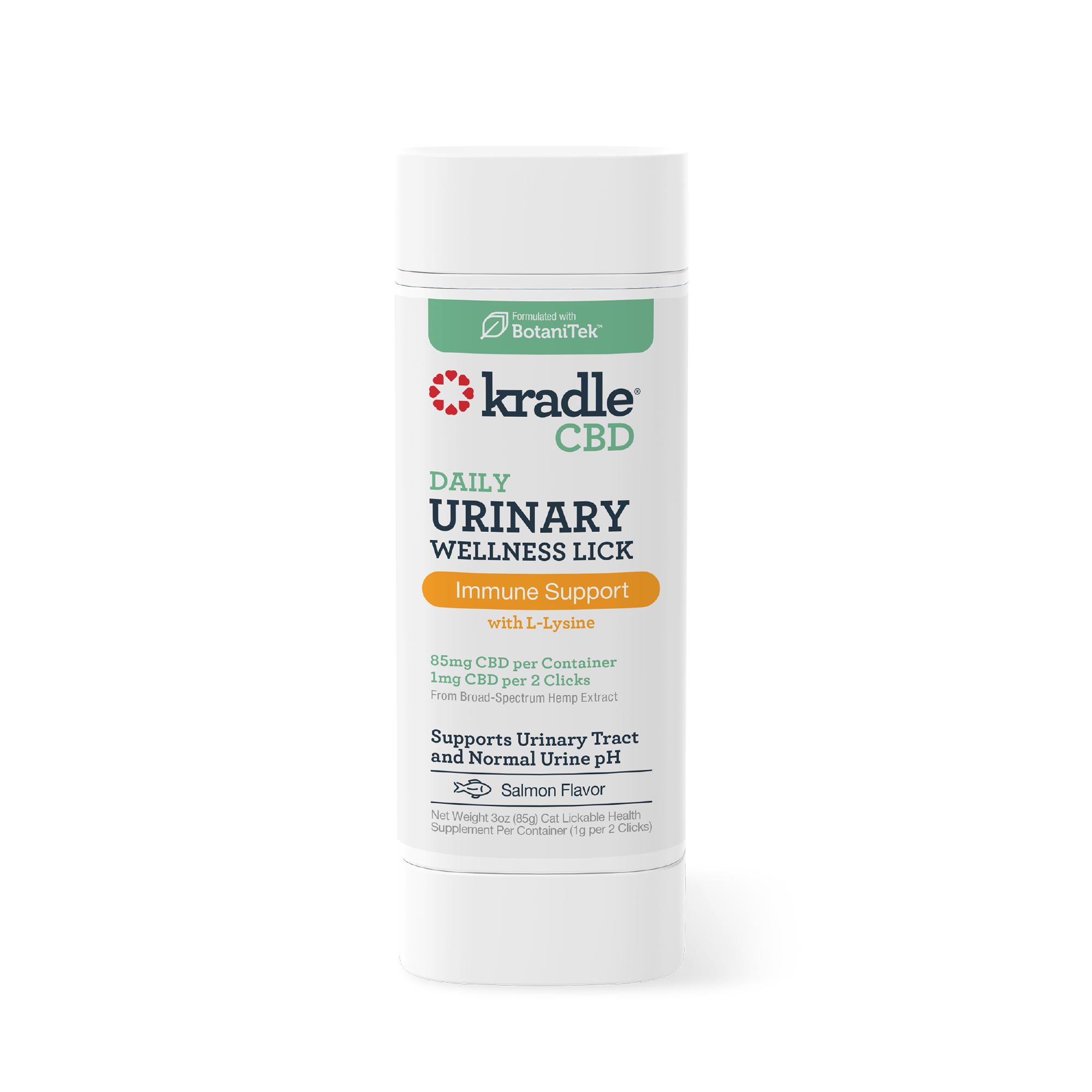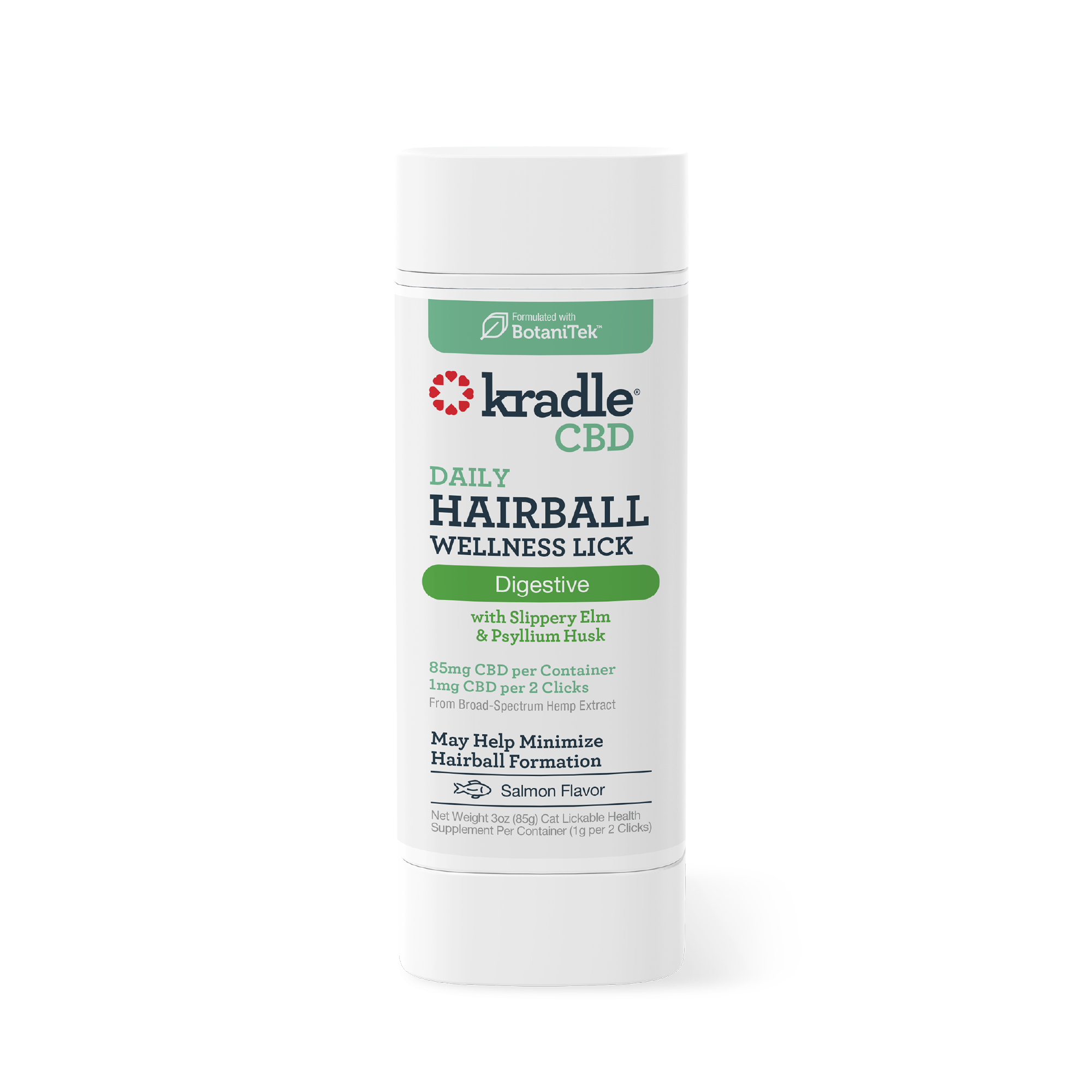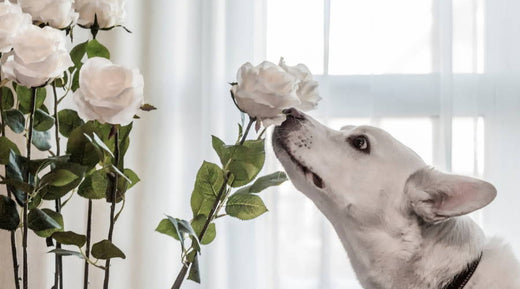With their bright colors and lush foliage, nothing quite like household plants can liven up an indoor space. Before deciding which greenery to incorporate into your home next, however, you should be aware of the danger many common plants may pose to your furry family members.
As naturally curious creatures, dogs will occasionally sniff, chew, or eat things they shouldn’t. If you’re a pet parent, you know this all too well! The consequences of your dog munching on one of your plants, though, can be severe. Check out the list below to learn which ones to avoid or at least keep far out of your pet’s reach.








